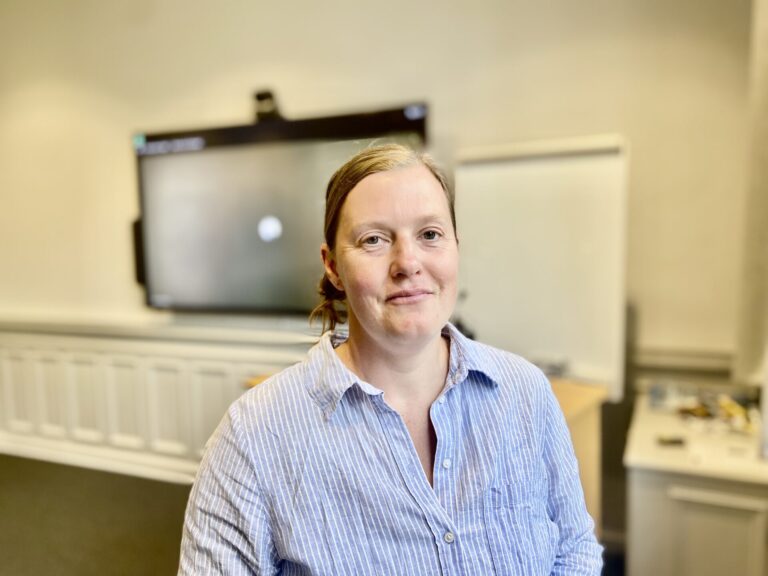Water filters that can identify oxygen in water systems with the help of sensors? Yes, that’s possible if you ask Heation AB.
Everything started back in 2019 when founders Antonio Pesare and Pedro Camacho started looking for ways to find better processes to minimize corrosion in water systems. Initially, focusing on creating self-cleaning water filters for industrial use, they quickly recognized a promising business opportunity in enhancing energy efficiency for residential heating and cooling systems.
Not long into the development, they realized a critical gap: no filter on the market was capable of providing continuous round-the-clock removal of oxygen. Everything was done manually, and oxygen leakage is what causes corrosion in water systems and pipes and can happen any hour of the day.
“That’s when we introduced another dimension to our business model; to measure oxygen concentration through a sensor that collects data from the water filter, providing information about the presence of oxygen. The data is displayed in a platform for visualization and analyzing the amount of oxygen,” says Arman Farhanieh, Project Manager at Heation.
Tests performed with Sankt Kors and Stångåstaden
As a part of the project Climate Neutral City 2030, Linköping municipality offers small to medium-sized enterprises the opportunity to apply for testbed vouchers to test, evaluate, and improve their products and services. Heation were approved of two test bed vouchers to test their solution with Sankt Kors and Stångåstaden, focusing on the integration of IoT technology and water filters to monitor oxygen concentration.
The objective was twofold: evaluating the improvements in energy consumption of residential buildings and assessing the sensor’s capability to measure oxygen levels and transmit real-time data to their IoT platform.
“We’ve learned that this could work as a preventive measurement method. By measuring oxygen we can discover any leakage and it’s easier for property owners to allocate the right resources, reducing the need for costly degassers for example. The ten-minute installation is also fast compared to traditional methods,” says Arman.
Moving forward, the aim is to develop a more user-friendly interface for the platform, enhancing the ease with which customers can analyze data and monitor oxygen levels. A collaboration with LEAD startup Catalyz02 to develop a new oxygen removal technique, and integrate it with their self-cleaning water filter is also in the pipeline.
Do as Heation – Apply for test bed vouchers now!
Read more about other tests here













